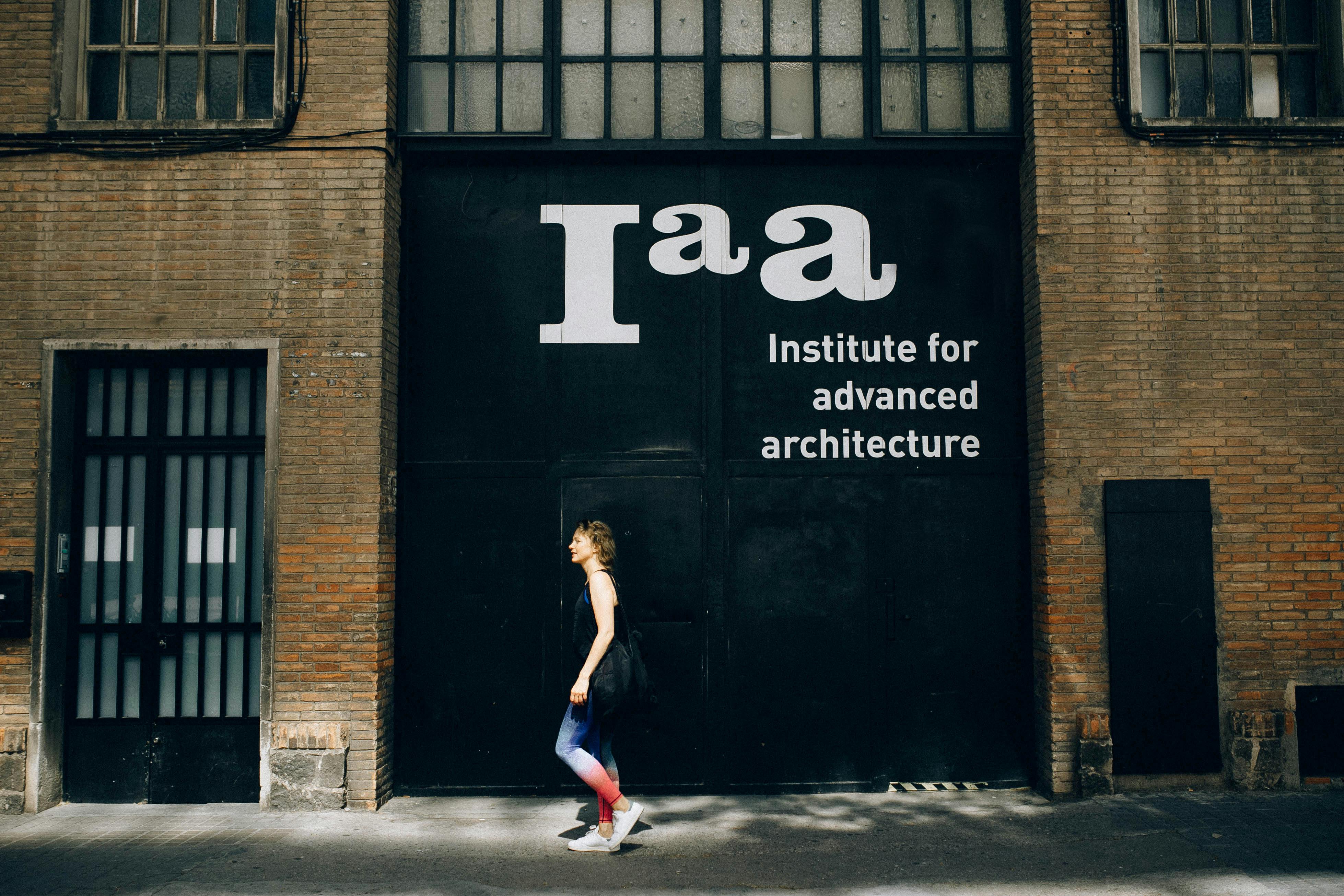The best glute exercises!
Between my extensive research and my own experiences, I have put together comprehensive techniques to help build those glute (glute) muscles!
The butt muscle is one of the largest muscles in your body. That muscle can be worked and enlarged like any muscle in your body. Staying consistent on your mission to get a bigger butt is one of the most important steps in growing that muscle. When I exercise, my main goal is no longer to “get my butt bigger” (it’s big enough already), my goal is to keep it firm, lifted, and round. But if you want a bigger butt, here are some good ways to work towards it:
1.5-10 min warm-up and a slight stretch:
Warming causes blood to flow throughout the body. Stretching before a workout helps get you going (at least for me) and prepares your muscles for a great workout. The hamstrings, quadriceps, lower back and calves are good areas to stretch when working the glutes because it helps flexibility, therefore, a greater range of motion and also helps the tissues around the glutes to be more elastic, giving them more room to grow. Stretching during and after a workout is good too. Some people believe that stretching before a workout is not as effective as stretching after a workout. It is a subject that is highly debatable, so in that case I usually do what feels good in my body.
2. Reps and weights:
By building muscle, I have learned to keep my reps (how many times I do an exercise) between 6 and 12 reps, while gradually increasing the amount of weight I am using. Never start heavy, start light and listen to your body! Start with weights that are comfortable enough that you can finish your 6-12 reps without a problem. Work gradually until you reach a weight that you feel is really challenging your muscles. Avoiding injury comes with safety, and safety begins with learning how to strength train properly. Consult a certified personal trainer when in doubt!
3. Type of exercises:
Exercises I recommend for the glutes: leg presses, squats, hip extensions, lunges, leg curls, cable kick / kickback, hyperextensions, hip extension, and step ups. These are all great glute building exercises and they also work the thighs. You can start these exercises with little or no weight until you feel that your body is comfortable, stable, and your shape is correct. The amount of weight, the number of sets and repetitions, the duration and the sessions per week is always determined by your own personal goals. When in doubt, I always suggest consulting a certified personal trainer.
4. Eat:
I never suggest training on an empty stomach nor do I suggest training on a full stomach. Your body needs fuel to function, and that fuel comes from what we eat and drink. If you are a person who normally is dedicated to eating healthy and balanced meals on a regular basis, then your reserved energy supply will probably help you get through your training without any problems.
Getting healthy, balanced nutrition and not skipping meals is key to helping you develop a bigger butt. Building muscle the right way means making sure your body is getting the right amount of nutrients like carbohydrates, protein, and fat (yes, fat). The amount of nutrients each individual needs will be best determined by a nutritionist and / or personal trainer. The nutritional needs of all people can vary, particularly due to age, gender, genetics, weight, and health history. Nutrition and what you eat does not affect everyone equally, even if two people eat the exact same foods and potion sizes. When you exercise, your body may require slightly more nutrients than normal because when you exercise you are depleting more nutrients from your body than when you are not exercising and are sedentary. Keeping your body hydrated with fluids (water) before and after your workout is great for everyone.
5. Rest and repair:
After an intense butt pumping session, allowing those muscles to rest and repair is just as imperative as actual training. Not letting your muscles rest and repair after putting undue stress on them is defeating the purpose at hand. When you stress your muscles to grow them, be aware that you are actually causing microscopic tears in them. Therefore, it is very important to allow enough time for your muscle to heal and repair itself. I usually take 2-3 days off, depending on how much I train, to rest my muscles and let them grow. Trying to go to the gym and work out sore muscles is no good! It’s like hitting something that is already dead. Give them time to heal so they get stronger and bigger !!
*** Consulting a trained fitness professional, physician, and nutritionist is what I always recommend when starting any training regimen or diet program.
